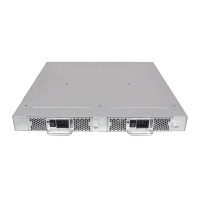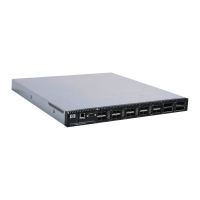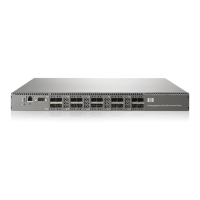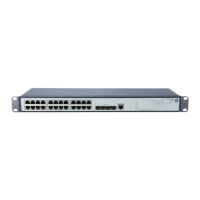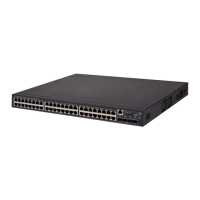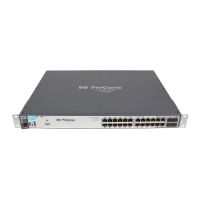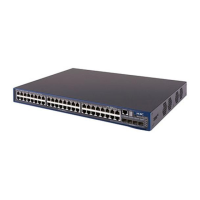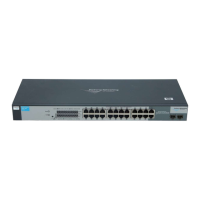Fabric OS Administrator’s Guide 417
53-1002446-01
Chapter
21
Optimizing Fabric Behavior
In this chapter
•Adaptive Networking overview . . . . . . . . . . . . . . . . . . . . . . . . . . . . . . . . . . . 417
•Ingress Rate Limiting. . . . . . . . . . . . . . . . . . . . . . . . . . . . . . . . . . . . . . . . . . . 418
•QoS: SID/DID traffic prioritization . . . . . . . . . . . . . . . . . . . . . . . . . . . . . . . . 419
•CS_CTL-based frame prioritization . . . . . . . . . . . . . . . . . . . . . . . . . . . . . . . . 420
•Enabling CS_CTL-based frame prioritization . . . . . . . . . . . . . . . . . . . . . . . . 421
•Disabling CS_CTL-based frame prioritization. . . . . . . . . . . . . . . . . . . . . . . . 421
•QoS zone-based traffic prioritization . . . . . . . . . . . . . . . . . . . . . . . . . . . . . . 421
•QoS zones . . . . . . . . . . . . . . . . . . . . . . . . . . . . . . . . . . . . . . . . . . . . . . . . . . . 424
•Setting QoS zone-based traffic prioritization . . . . . . . . . . . . . . . . . . . . . . . . 429
•Setting QoS zone-based traffic prioritization over FC routers . . . . . . . . . . 431
•Disabling QoS zone-based traffic prioritization . . . . . . . . . . . . . . . . . . . . . . 431
Adaptive Networking overview
Adaptive Networking is a suite of tools and capabilities that enable you to ensure optimized
behavior in the SAN. Even under the worst congestion conditions, the Adaptive Networking features
can maximize the fabric behavior and provide necessary bandwidth for high-priority, mission-critical
applications and connections.
The Adaptive Networking suite includes the following features:
• Bottleneck detection
The bottleneck detection feature identifies devices attached to the fabric that are slowing
down traffic. Bottleneck detection does not require a license. See Chapter 13, “Bottleneck
Detection,” for information about this feature.
• Top Talkers
The Top Talkers feature provides real-time information about the top “n” bandwidth-consuming
flows passing through a specific port in the network. Top Talkers requires an Advanced
Performance Monitoring license. See “Top Talker monitors” on page 410 for more information
about this feature.
• Traffic Isolation Zoning
Traffic Isolation Zoning (TI zoning) allows you to control the flow of interswitch traffic by creating
a dedicated path for traffic flowing from a specific set of source ports (F_Ports). Traffic
Isolation Zoning does not require a license. See Chapter 12, “Traffic Isolation Zoning,” for more
information about this feature.
